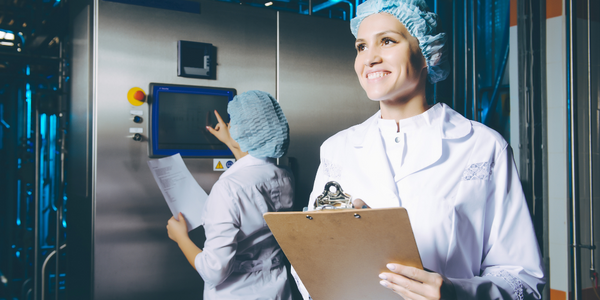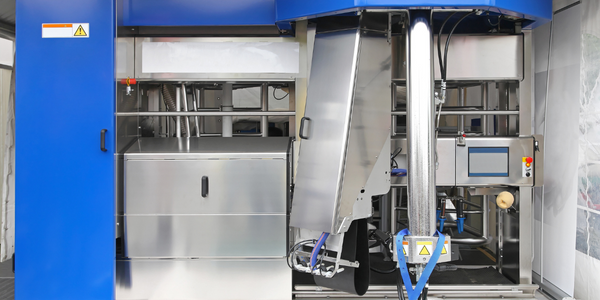公司规模
SME
地区
- Pacific
国家
- Australia
- New Zealand
产品
- Domo
技术栈
- IoT devices
- Data Analysis
实施规模
- Enterprise-wide Deployment
影响指标
- Productivity Improvements
- Environmental Impact Reduction
技术
- 分析与建模 - 实时分析
适用行业
- 农业
适用功能
- 物流运输
- 质量保证
用例
- 农场监控与精准农业
- 实时定位系统 (RTLS)
- 预测性维护
服务
- 数据科学服务
关于客户
Compass Agribusiness Management 是一家与投资者和农民合作经营高效、可持续农业的公司。他们管理着澳大利亚和新西兰的多家农场,每个农场都有自己的数据管理方式。该公司在运营中利用技术,从阳光和雨水到农作物和动物的生长,再到环境影响和水质,一切都是可测量的。他们还监控业务的财务方面。该公司专注于创造可持续的运营,将环境、员工工作条件和动物福利考虑在内。
挑战
Compass Agribusiness Management 与投资者和农民合作,经营高效、可持续的农业经营。他们需要一种更好的方法来存储和分析从数十个系统获得的运营和财务数据,以便更好地了解他们的农场和业务表现如何。数据分散在多个位置,很难得出结论并回答投资者的问题。他们需要一种解决方案,将所有数据集中在一个地方,以便做出更好的决策。
解决方案
Compass 使用 Domo 将所有数据集中到一处,为业务经理提供指导投资和提供支持所需的洞察力。数据可以直接来自上传数据以供分析的农民,也可以自动来自物联网设备,例如地面湿度探测器或提供每周产量更新的航空卫星照片。这有助于 Compass 在用水等方面做出更明智、更可持续的决策。Compass 还使用 Domo 来管理其财务绩效、员工利用率和生产力以及运营安全指标。当整个企业或特定领域出现需要解决的问题时,会设置警报。
运营影响

Case Study missing?
Start adding your own!
Register with your work email and create a new case study profile for your business.
相关案例.
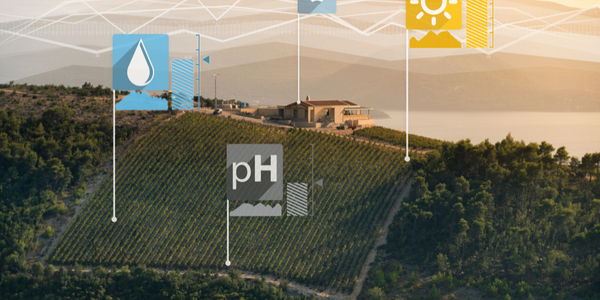
Case Study
Intelligent Farming with ThingWorx Analytics
Z Farms was facing three challenges: costly irrigation systems with water as a limited resource, narrow optimal ranges of soil moisture for growth with difficult maintenance and farm operators could not simply turn on irrigation systems like a faucet.
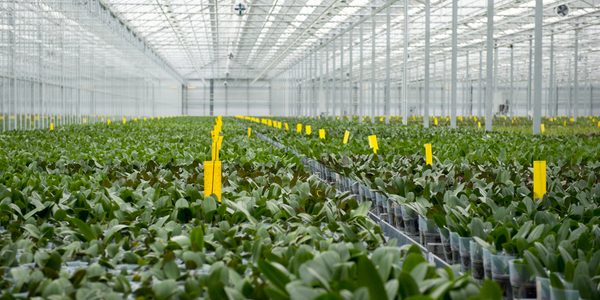
Case Study
Greenhouse Intelligent Monitoring and Control Solution
Farming Orchids is the most successful form of precision farming in Taiwan, and also the most exported flower. Orchids need a specific temperature and humidity conditions to grow and bloom, and its flowering time may not be in line with market demands, so the price collapses when there is overproduction. Therefore, some farmers began to import automated greenhouse control systems for breeding and forcing, which not only improves quality, but also effectively controls the production period and yield to ensure revenue. In 2012, an orchid farmer built a Forcing Greenhouse of about 200 pings (approximately 661 Square Meters) in Tainan, Taiwan. The system integrator adopted Advantech’s APAX-5000 series programmable automation controllers to build the control platform, coupled with Advantech WebAccess HMI/SCADA software, to achieve cloud monitoring. The staff of the orchid field can monitor important data anytime via smart phone, iPad, and other handheld devices, and control the growth and flowering conditions. System requirements: In the past, most environmental control systems of orchid greenhouses in Taiwan used PLCs (Programmable Logic Controller) with poorscalability and control, and could not be connected to the Internet formonitoring from the cloud. For advanced database analysis and networking capability, the PC platform must be adopted. Therefore, PAC Systems (Programmable Automation Controller) with both PLC programming capabilities andPC functions is a better choice.The environmental control of the Orchid greenhouse switches on and off devices like fan, shade net, cooling/heat pump, liquid flow control, water-cooling wall etc. It is controlled by a control panel of electric controllers, and is driven by a motor, to adjust the greenhouse temperature, humidity, and other environmental conditions to the set parameters.
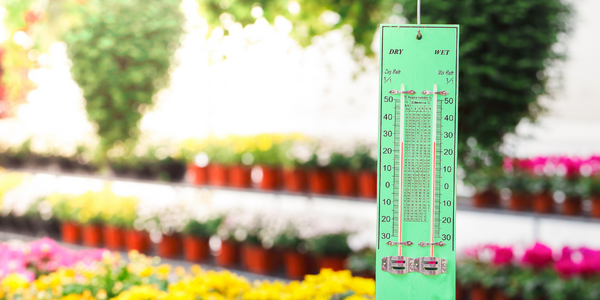
Case Study
Precision beekeeping with wireless temperature monitoring
Honeybees are insects of large economic value and provide a vital service to agriculture by pollinating a variety of crops. In addition, bees provide us with valuable products such as honey, beeswax, propolis, bee venom, etc. Monitoring of honeybee colony health, population, productivity, and environmental conditions affecting the colony health have always been exceedingly difficult tasks in apiculture. Research has shown that even small deviations (by more than 2°C) from the optimal temperatures have a significant influence on the development of the brood and the health of adult bees.
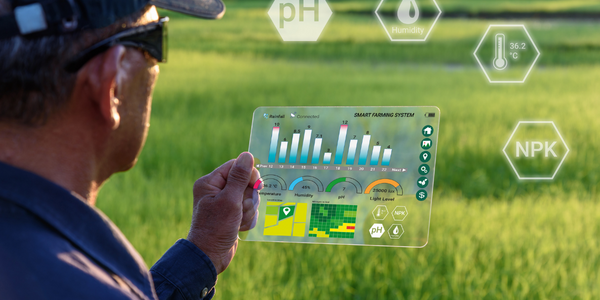
Case Study
Enabling Internet of Things Innovation in Agriculture
DigiBale, wanted to apply technology know-how and IP from implementations successfully to more agriculture sectors including cotton, forestry, sugarcane and cattle. However, farmers and growers still have worries about the connected technology.







